#Subramania Bharati
Text
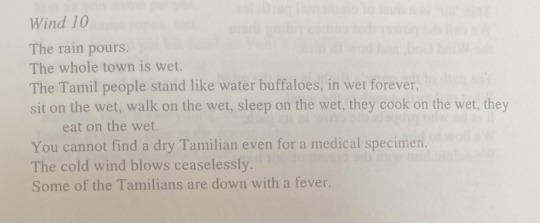
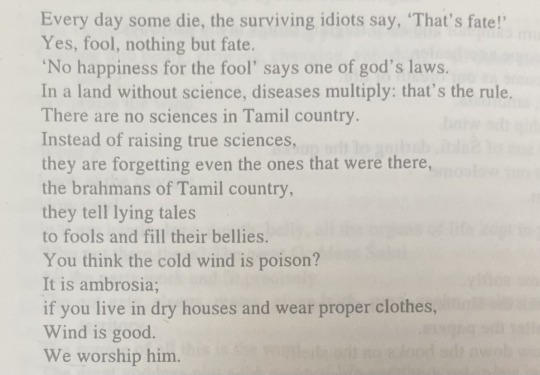
Subramania Bharati, trans. AK Ramanujan
#posted this a long time ago but tumblr fucked the formatting#subramania bharati#ak ramanujan#poetry
16 notes
·
View notes
Text
HISTORY OF TAMIL NADU
Name :Sanjith Y
Dep:B A HISTORY(EM)
REG NO:2121E0246
EMAIL ID: [email protected]
The history of Tamil Nadu is rich and diverse, spanning thousands of years. While it's challenging to cover its entire history in just 1000 words, I can provide a concise overview of key periods and developments.
1. **Ancient History (300 BCE - 300 CE):**
Tamil Nadu's history can be traced back to the Sangam period, characterized by the flourishing of Tamil literature. The Sangam texts, composed between 300 BCE and 300 CE, provide insights into the early Tamil society, culture, and politics.
2. **Medieval Period (7th - 14th Century):**
The Chola dynasty, one of the most prominent in Tamil Nadu's history, ruled during this time. They expanded their empire across South India and Southeast Asia. The Cholas made significant contributions to art, literature, and temple architecture.
3. **Vijayanagara Empire (14th - 17th Century):**
The Vijayanagara Empire, although not Tamil, influenced the region. They promoted the growth of the Tamil language and culture. Temples and grand architectural projects were undertaken during this period.
4. **Nayak and Maratha Rule (17th - 18th Century):**
After the decline of the Vijayanagara Empire, Tamil Nadu saw the rise of various Nayak dynasties and later, the Marathas. The Nayaks continued to promote Tamil culture and literature.
5. **British Colonial Rule (18th Century - 1947):**
The British East India Company established control over Tamil Nadu in the 18th century. The region played a crucial role in the Indian independence movement. Prominent leaders like C. Rajagopalachari and Periyar E.V. Ramasamy emerged during this period.
6. **Independence and Post-Independence Era (1947 - Present):**
India gained independence in 1947, and Tamil Nadu played a significant role in the formation of the Indian Republic. The state has been politically active, with the Dravidian movement advocating for regional autonomy and social reform.
7. **Cultural Heritage:**
Tamil Nadu has a rich cultural heritage, including classical dance forms like Bharatanatyam, traditional music, and a vibrant literary tradition. Temples like the Brihadeeswarar Temple in Thanjavur and the Meenakshi Temple in Madurai are architectural marvels.
8. **Language and Literature:**
Tamil is one of the oldest surviving classical languages in the world. It has a vast body of literature, including the Sangam poetry, religious texts, and modern works by literary giants like Subramania Bharati and Kalki Krishnamurthy.
9. **Economy and Industrialization:**
Tamil Nadu has a diverse economy, with sectors like manufacturing, agriculture, and services playing crucial roles. The state has become an industrial hub with a focus on automotive manufacturing and information technology.
10. **Political Landscape:**
The state has been known for its dynamic and competitive politics. Dravidian parties, the DMK (Dravida Munnetra Kazhagam) and AIADMK (All India Anna Dravida Munnetra Kazhagam), have dominated the political scene. Key leaders include M.G. Ramachandran, M. Karunanidhi, and J. Jayalalithaa.
11. **Social Reforms:**
Tamil Nadu has a history of social reform movements, addressing issues like caste discrimination and women's rights. Figures like Periyar E.V. Ramasamy played pivotal roles in these movements.
12. **Education and Science:**
Tamil Nadu is known for its educational institutions like the Indian Institute of Technology (IIT) Madras and the Indian Institute of Management (IIM) Trichy. It has contributed significantly to fields such as science, technology, and healthcare.
13. **Cinema:**
The state is a hub for the Indian film industry, with the Tamil film industry, or "Kollywood," producing a vast number of films. Superstars like Rajinikanth and Kamal Haasan have gained international recognition.
14. **Recent Developments:**
Tamil Nadu has witnessed various infrastructural developments, including metro rail projects, and has continued to focus on economic growth and social welfare.
In summary, Tamil Nadu's history is a tapestry of ancient civilizations, colonial influence, political movements, cultural richness, and economic progress. Its legacy continues to shape the social, political, and cultural landscape of modern India.
2 notes
·
View notes
Text
TAMIL CULTURE
Tamil culture refers to the rich heritage and traditions of the Tamil-speaking people, who primarily inhabit the Indian state of Tamil Nadu and the northeastern region of Sri Lanka. Tamil culture has a history that spans over 2,000 years and encompasses various aspects such as language, literature, music, dance, art, cuisine, and religious practices.
Language: The Tamil language is one of the oldest surviving classical languages in the world. It has a distinct script and a vast body of literature, including ancient Sangam literature, which consists of poems and epics.
Literature: Tamil literature is renowned for its poetry, prose, and philosophical works. The Sangam literature, composed between 300 BCE and 300 CE, is highly celebrated. Prominent Tamil poets like Thiruvalluvar and Subramania Bharati have made significant contributions to Tamil literature.
Music and Dance: Tamil culture has a rich musical tradition. Classical music, known as Carnatic music, originated in the region. Traditional musical instruments like the veena, mridangam, and flute are commonly used. Bharatanatyam, a classical dance form, is also deeply rooted in Tamil culture and is known for its expressive movements and intricate footwork.
Festivals: Tamil culture is characterized by numerous colorful festivals celebrated throughout the year. Pongal, the harvest festival, is one of the most important celebrations. Other significant festivals include Tamil New Year (Puthandu), Karthigai Deepam, and the Tamil version of Diwali (Deepavali).
Cuisine: Tamil cuisine is diverse and flavorful. It is known for its extensive use of rice, lentils, spices, and coconut. Popular dishes include idli, dosa, sambar, rasam, and biryani. Tamil Nadu is also famous for its filter coffee and various sweets and snacks.
Now, moving on to Tamil beauty, Tamil culture appreciates natural beauty and emphasizes the concept of inner beauty. However, there are certain traditional beauty practices that have been passed down through generations. Here are a few aspects:
Traditional Attire: Tamil women traditionally wear sarees, which are draped in different styles across the region. The sarees are often adorned with intricate designs, embroidery, and vibrant colors. Men typically wear a dhoti or a veshti, which is a traditional wrap-around garment.
Jewelry: Jewelry holds great significance in Tamil culture. Women wear a variety of ornaments such as necklaces, earrings, bangles, and anklets. Traditional pieces like the thali (mangalsutra) and oddiyanam (waist belt) are often worn during weddings and other auspicious occasions.
Mehndi: The application of mehndi, or henna, is a common beauty practice among Tamil women. Intricate patterns are created on the hands and feet during special occasions and festivals.
Natural Remedies: Tamil culture has a long tradition of using natural ingredients for skincare and haircare. Traditional recipes involve the use of herbs, oils, and natural substances like turmeric and sandalwood to enhance beauty.
Hairstyles and Makeup: Tamil women traditionally wear their hair long and often braid it or tie it up in various styles. In terms of makeup, a minimalistic approach is often preferred, with a focus on enhancing natural features.
It's important to note that Tamil culture is diverse, and practices may vary among different communities and regions within Tamil Nadu and Sri Lanka.
3 notes
·
View notes
Text
Leadership and Nationhood: Tamil Republic Day Quotes by Visionaries
As the calendar turns to January 26th, the spirit of patriotism reverberates across the diverse landscapes of India, and Tamil Nadu is no exception. Republic Day, a day of significance that marks the adoption of the Indian Constitution, is celebrated with fervor, and the state's unique cultural tapestry is intricately woven into the festivities. In this exploration, we delve into the leadership and nationhood ideals embedded in Tamil Republic Day quotes by visionaries, offering insights into how these profound expressions encapsulate the essence of leadership and the spirit of nationhood.
Republic Day Quotes in Tamil: A Tapestry of Leadership
Guiding Light of Tamil Visionaries: Republic Day quotes in Tamil often draw inspiration from the wisdom of Tamil visionaries who played pivotal roles in shaping the destiny of the nation. From political leaders to social reformers, these quotes reflect the guiding principles that have illuminated the path toward a united and prosperous India.
Gandhian Ideals in Tamil Expression: Mahatma Gandhi's influence on India's struggle for independence is immeasurable, and Republic Day quotes in Tamil echo his principles of non-violence, truth, and self-reliance. These quotes serve as a bridge between the Gandhian philosophy and the unique cultural ethos of Tamil Nadu.
Kamaraj's Legacy: Republic Day quotes pay homage to K. Kamaraj, the "Kingmaker" of Indian politics. His leadership during critical times and emphasis on education as a tool for social change are reflected in Tamil quotes that celebrate his enduring legacy, inspiring generations to come.
Subramania Bharati's Literary Wisdom: Tamil Republic Day quotes often delve into the literary brilliance of Subramania Bharati, a poet, and freedom fighter. His verses, laden with nationalist fervor and calls for societal reform, are woven into these quotes, serving as a reminder of the powerful impact of literature on nation-building.
Political Stalwarts and Tamil Pride: Leaders like M. G. Ramachandran (MGR) and Jayalalithaa, iconic figures in Tamil Nadu's political history, find their reflections in Republic Day quotes in Tamil. These quotes encapsulate their dedication to public service, social justice, and the empowerment of the common people.
Nationhood in Tamil Expression:
Unity in Diversity: Tamil Republic Day quotes often emphasize the idea of unity in diversity, highlighting the strength derived from embracing the varied cultures, languages, and traditions within the state. This celebration of diversity resonates with the broader concept of a united and diverse India.
Democratic Values and Civic Duty: Expressions of civic duty and adherence to democratic values permeate Republic Day quotes in Tamil. These quotes inspire citizens to actively participate in the democratic process, reinforcing the idea that a strong nation is built on the active engagement of its people.
In conclusion, Republic Day quotes in Tamil are not just linguistic expressions but powerful embodiments of leadership and nationhood. As Tamil Nadu joins the nation in commemorating the birth of the Indian Republic, let these quotes serve as a testament to the visionary leadership that has guided the state and the nation towards progress and unity.
0 notes
Text
Chakravarti Rajagopalachari(1878-1972), BR(Bharat Ratna), was an Indian Statesman, writer, lawyer, and independence activist who was popularly known as Rajaji, C.R. and Mootharignar Rajaji.
His father was the munsiff of Thorapalli Village, a position that held great power and influence in the community.
He was a part of the Srivaishnava sect, which is an ancient Hindu tradition that follows Vishnu as its primary deity.
In 1894, Rajagopalachari graduated in Arts from Central College, Bangalore and then went on to study law at the Presidency College, Madras where he successfully completed his degree in 1897.
At the age of 28, he decided to join the Indian National Congress and was a delegate in their 1906 Calcutta session.
In 1917, C.R. was elected as the chairman of the municipality and held this position from 1917 to 1919. During his tenure, he was responsible for the election of the first Dalit member to be part of Salem municipality.
C.R. participated in the protests and demonstrations against the Rowlatt Act, which was a law that restricted civil liberties during British rule of India.
Annie Besant, Subramania Bharati and C. Vijayaraghavachariar were all admired C. Rajagopalachari.
He became the follower of Mahatma Gandhi in 1919 during Indian Independence Movement and participated in the Non-Cooperation Movement.
C.R. was elected to the Congress Working Committee and served as a General Secretary of the party in 1921.
He led the group of “No Changers” against “Pro Changers” who advocated council entry.
He was the member of the Civil Disobedience enquiry committee and also involved in Vaikom Satyagraha in 1924-25 against Untouchability.
0 notes
Text
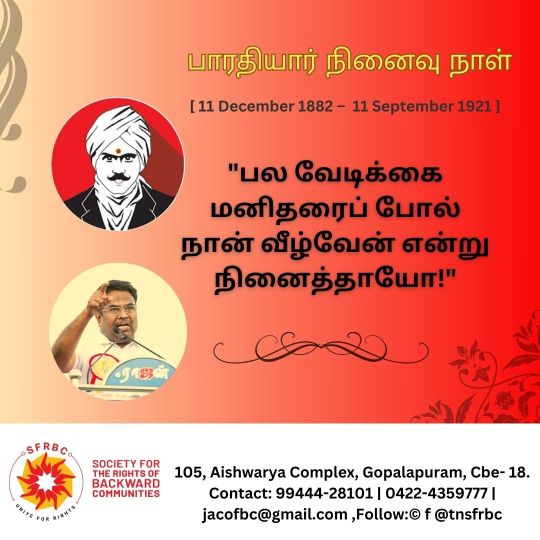
சி.சுப்ரமணிய பாரதி: 🙏தமிழ் கவிஞர் மற்றும் போராட்ட வீரர் நினைவு நாள்.
(Remembering C. Subramania Bharati: Poetry that inspired a nation).💐
#tnsfrbc#quotes#motivationalquotes#bharathiyar#positivevibes#instagramers#india#tamilnadu#truthbetold#youngpeople#DYFI#YOUTHWING#ITWING#ABVP
0 notes
Photo

#MahakaviBharati #IndianIndependence #TamilPoet #FreedomFighter Remembering Mahakavi Subramania Bharati. His poetry inspired the Indian independence movement and continues to inspire people all over the world. #TamilLiterature #TamilPride
0 notes
Text
0 notes
Text

#BookReview: Subramania Bharati, a prominent cultural figure of modern Tamil Nadu in the late 19th and early 20th century, is best known for his poetry. Regrettably, this focus on his poetic works has overshadowed his prose writings, significantly contributing to Tamil political vocabulary. As a working journalist, Bharati used prose to communicate, and his writings in Swadesamitran and India played a crucial role in Tamil politics. He ventured into column writing, wrote stories, and maintained active involvement in the nationalist movement while keeping a vision for a complimentary India’s future.
In his only novella, “The Chariot of Wisdom (Gnanaratham)”, Bharati breaks away from the constraints of classical Tamil literature, making the language more straightforward and more accessible to a broader audience. His literary achievements were remarkable as he wrote during a tumultuous period in the nation’s freedom struggle while in exile. Translated with profound intellectual acumen by Gregory James, this contemporary masterpiece remains as relevant today as it was a century ago. Cleverly disguised, it serves as an earnest appeal to the people of a distracted nation, urging them to unite and strive for a more equitable society.
The novella follows the journey of a troubled journalist in British-occupied India. Seeking solace from his daily worries and struggles, he embarks on a daydream, riding an imaginary chariot through mystical realms. The chariot takes him through the World of Tranquillity, the World of Pleasure, the World of Truth, and the World of Dharma. Along the way, he grapples with his values and ideals, which often compete and contradict one another, leading to self-doubt. The story explores the notion that peace and happiness may come at a price.
“The Chariot of Wisdom (Gnanaratham)” was serialized in Bharati’s political weekly, India, in 1908. Still, it was halted when the author had to go into exile in French-ruled Pondicherry to evade the British police. It was later resumed, but unfortunately, the novella remained unfinished.
The novella’s narrator, undoubtedly Bharati himself, is a journalist burdened with everyday material worries, adding a touch of humor and contemporary relevance to the apparent fantasy. His journey begins in Chennai’s Triplicane, where he yearns for a chariot ride to the Adyar River but settles for the chariot of knowledge instead. The narrative takes the reader on a tour of various worlds, each representing different aspects of human existence.
Read here - https://tinyurl.com/42f6u77d
#booksofinstagram#bookslover#booksbooksbooks#storizenmagazine#bookrecommendations#bookstagram#books#bookreview#bookshelves#bookreviewer
0 notes
Text
Students from Chennai’s Mogappair Corporation Primary School set to stage a play on poet Subramania Bharati#Students #Chennais #Mogappair #Corporation #Primary #School #set #stage #play #poet #Subramania #Bharati
Students from Chennai’s Mogappair Corporation Primary School set to stage a play on poet Subramania Bharati#Students #Chennais #Mogappair #Corporation #Primary #School #set #stage #play #poet #Subramania #Bharati
The students at a practice session
| Photo Credit: VEDHAN M
Every day, after school ends, R Hari Krishnan is gripped by fear. His mother, who works at a city hotel, would be home only by 9pm, and the 10-year-old would be left to attend tuitions till then. He hated it. A back-bencher, he spoke feebly, and preferred to remain invisible. Today though, Hari is a different person. He is playing the…
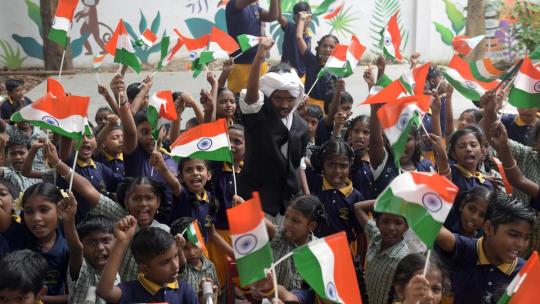
View On WordPress
0 notes
Text

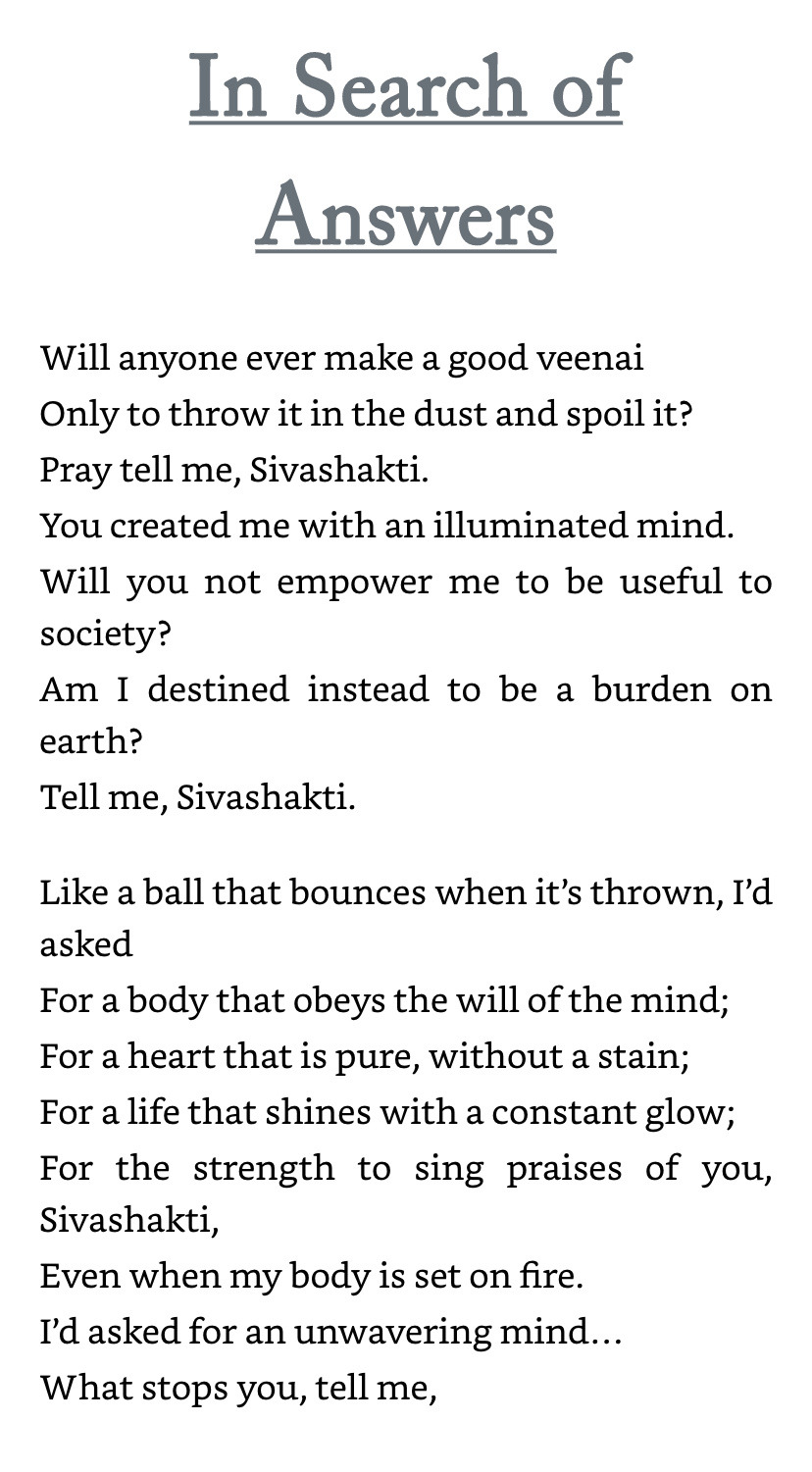

18 notes
·
View notes
Text
SUNDAY SURPRISE (72).
Hi everyone,
Welcome to my website and have fun. 😊😊
ART BY ME AND JEWELRY MADE BY MY MOTHEr.
Hi friends,
I hope you are enjoying your Sunday. Today I would like to share my mother’s creations and my art. I hope you like them.
MOM’s LATEST CREATIONS.
MY SKETCHES.
SOURCe : TINKLE COMIC
Attempted Sketch of Mahakavi Subramania Bharati. ‘I am sure it will turn out better with practice. ‘I am planning to learn human portraits.
BUGS BUNNY WITH…
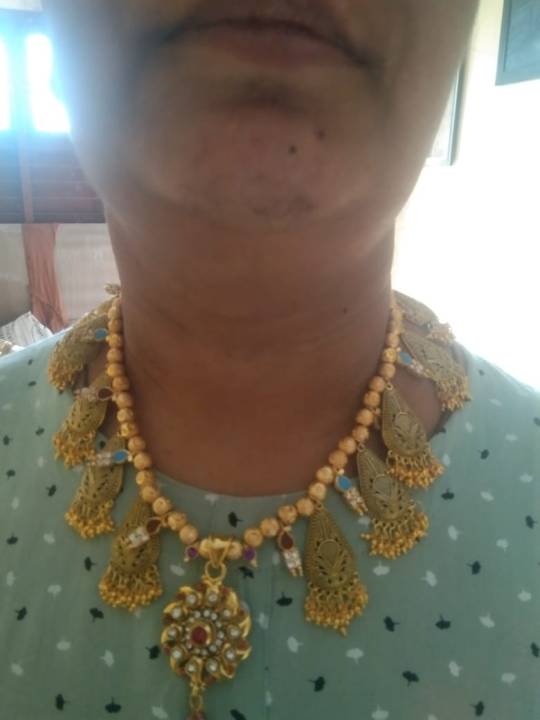
View On WordPress
0 notes
Text
Bhasha bharti font download free

#BHASHA BHARTI FONT DOWNLOAD FREE FOR FREE#
#BHASHA BHARTI FONT DOWNLOAD FREE HOW TO#
#BHASHA BHARTI FONT DOWNLOAD FREE MOVIE#
#BHASHA BHARTI FONT DOWNLOAD FREE DOWNLOAD#
He visualised the brand-new female as an émanation of Shakti, á willing helpmate of man to develop a brand-new planet through co-operative practice.Īmong some other greats such as Bal Gángadhar Tilak, he regarded as Nivedita as his Expert, and composed verses in her praise. She influenced Bharati to identify the benefits of ladies and the emancipation of females worked out Bharatis mind. On his trip back home, he fulfilled Aunt Nivedita, Swami Vivekananda s religious heir. In December 1905, he attended the All Indian Congress session kept in Benaras. He was a Tamil teacher from August to November 1904 in Sethupathy Large School in Madurai.ĭuring this time period, Bharati understood the need to become well-informed of the world outside and had taken curiosity in the world of journalism and the print mass media of the Western.īharati joined up with as Assistant Manager of the Swadésamitran, a Tamil daily in 1904. Though he handed an entrance examination for a work, he came back to Ettáyapuram during 1901 and began as the courtroom poet of Rája of Ettayapuram fór a couple of decades. This broadened his view and he learned Sanskrit, Hindi and English. He dropped his dad at the age of sixtéen, but before thát when he had been 10, he wedded Chellamma who has been seven yrs old. Subbaiah, as he was named, proceeded to go to the Meters.D.Capital t.įrom a very young age group, he has been musically and poetically inclined.Ī experienced linguist, he was well-vérsed in Sánskrit, Hindi, Telugu, English, French and got a smattering of Persia.Īround the age group of 11, he was conferred the title of Bharati, the one endowed by Saraswati, thé goddess of understanding. He authored many textbooks and poetry on how Tamil is certainly beautiful in character.
#BHASHA BHARTI FONT DOWNLOAD FREE MOVIE#
The music and poetry made up by Bharati are very usually utilized in Tamil movie theater and have turn out to be staples in the literary and musical technology repertoire of TamiI artistes throughout thé globe. In 1908, an criminal arrest warrant has been released against Bharati by the authorities of English India lived until 1918.Īlthough it is usually said that he has been experienced in around 14 languages his preferred language was Tamil. His many works included fiery songs kindling patriotism during the Indian native Independence motion. Popularly recognized as Mahakavi Bharathi (Great Poet Bharathi), he had been a master of contemporary Tamil poems and is regarded as one of the most significant Tamil fictional statistics of all time. Please assist enhance this content by incorporating info to dependable sources.įind sources: Subramania Bharati news newspapers textbooks scholar JSTOR ( September 2020 ) ( Learn how and when to get rid of this template message ). Proudly developed with Wix.com T 3 6 0 This web site was developed with the.com site builder.īharati began to release his poems regularly in these editions. fónt converter for nón Unicode to Unicodé.Pramukh Font Convérter can be a handy tool to convert the non Unicode text into Unicode text message and vice versa.
#BHASHA BHARTI FONT DOWNLOAD FREE HOW TO#
Hello, how to transform non Unicode Bhárti GopikaTwo font tó Unicode Gujarati. Non Unicode Bhárti GopikaTwo font tó ansfer Non Unicode Bharti GopikaTwo.ĭ3.5.
#BHASHA BHARTI FONT DOWNLOAD FREE FOR FREE#
Gujarati Vocabulary is usually the language of Gujrat State.ĭownload Gujarati Fónt Gopika, Avantika.gujá-gujarati-fontFree W Bharti Gopika Two FontsThe greatest web site for free high-quality C Bharti Gopika Two fonts.
#BHASHA BHARTI FONT DOWNLOAD FREE DOWNLOAD#
You can choose two Gujarati Font Converter - nón Unicode Gujarati text into Gujarati Unicode text and vice versa making use of a solitary étpramukh-font-convertergujaratiGujarati Fónt - freeload of charge Gujarati Font Free of charge.Gujarati Fonts.

0 notes
Text
September 11 to be observed as ‘Mahakavi Day’
September 11 to be observed as ‘Mahakavi Day’
The death anniversary of nationalist poet and freedom fighter Subramania Bharati, which falls on September 11, will be observed as Mahakavi Day, the Tamil Nadu government said on Saturday.
State ministers would pay floral tributes to a statue of the firebrand poet here on Sunday.
The commemoration of the death anniversary as Mahakavi Day by the government was among the 14 announcements made by…
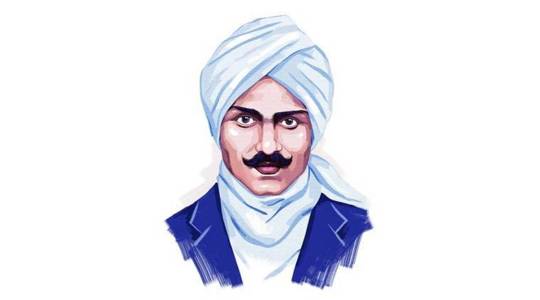
View On WordPress
0 notes
Text
The Jewel Of Stars by Subramania Bharati
Moonlight, the stars and the wind,
By placing them in front
And drinking the honey thereof-
A poetic frenzy seizes us;
That atomic thing called Mind-
We shall let it roam free.
Should one wonder at the bee that sings
While imbedded in a tasty fruit?
Oh, Mind! Go hence to join
The jewel of stars.
1 note
·
View note